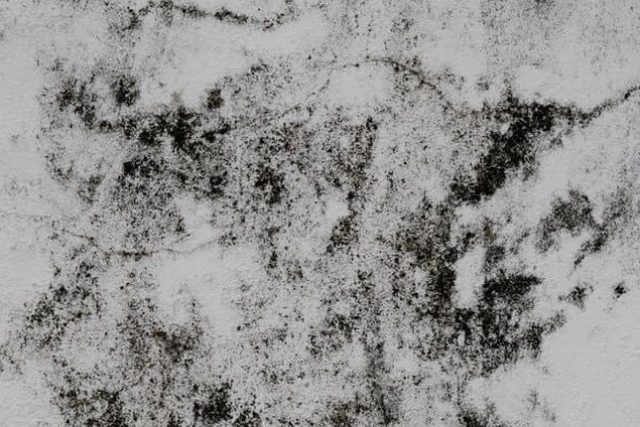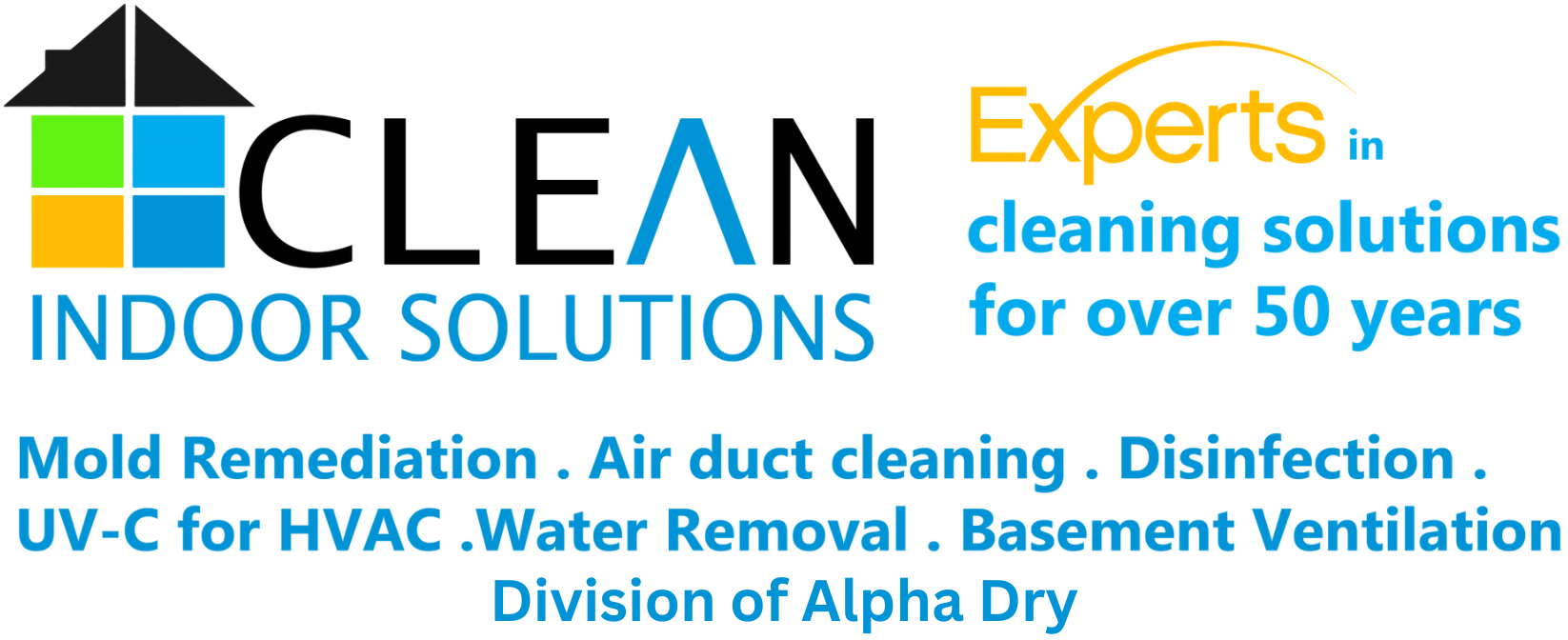Signs of Black Mold and How Mold Affects Us
What is black mold? What are the signs of black mold? What should you do if you suspect there is black mold in your home or office? These are common questions we answer at Clean Indoor Solutions. Mold can also substantially reduce property value. You can’t just scrub it away. The mold spores must be treated at the source.

What is Black Mold?
Let’s start by defining black mold. Many common molds are black in color. However, most often the term “toxic black mold” refers to Stachybotrys chartarum. It can grow on porous material, such as fiberboard, drywall, paper, dust, ceiling tiles, wood, and lint. Growth occurs when there is long-term moisture from water damage, excessive humidity, water leaks, condensation, water infiltration, or flooding. Various types of black mold have the potential to cause health issues as well as damage to your home.
What are the Signs of Black Mold?
The signs of black mold can show up in several ways in any indoor space. Don’t ignore the signs! Although mold is a kind of fungi that exists everywhere in the natural world, and not all black molds are toxic, you must do something about it because it never goes away on its own.
Once you suspect signs of black mold, it’s likely that it has started to spread. The spores can contaminate the air with mycotoxins, and ingestion may be detrimental to your well-being. People with pre-existing health challenges, such as asthma and allergies, may be more susceptible to mold exposure.
If you suffer from any of the following conditions or symptoms, the possibility exists that it may be partially caused by or aggravated by the presence of indoor mold:
- Skin rash
- Eye irritation
- Sneezing
- Headache
- Sore throat
- Runny or stuffy nose
- Coughing
- Itchy or watery eyes
- Shortness of Breath

What Causes Black Mold?
Mold thrives on moisture, so you often find it growing in bathrooms, kitchens, and humid basements. Visible mold alone is not an indication of the source. Mold may be the result of a single water leak, continuous moisture seepage or elevated humidity. A specialist can identify the cause and advise you on making permanent repairs.
Don’t wait to call Clean Indoor Solutions for a professional mold assessment if you can…
- See it: Even a small area on walls, ceilings, or floors can indicate a larger mold problem. Because mold feeds on organic or porous substances and can grow on the cellulose component of drywall and wood, it often lurks inside walls or ducting, in crawl spaces, and even underneath a structure, where you cannot actually see it.
- Smell it: A musty, stale odor is often strong evidence that mold exists somewhere in your home or office. The hidden source of the odor must be found and identified so it can be thoroughly eliminated.
- Feel it: Exposure to mold can cause mildly annoying symptoms in some people, while others may experience symptoms that compromise their well-being, depending on the person’s susceptibility to mold’s toxicity.
A Clean Indoor Solutions representative can detect and evaluate the signs of mold in your home, office, or any commercial building. After locating the source of your mold problem, we will recommend the most effective steps for complete elimination and remediation.
Plant based products can be use around children and pets
Prove results with our highly-effective treatments
No obligation property consultation
EPA guideline practices
Expertly-trained representatives
Who We Serve
- Home Owners
- Real Estate
- Property Managers
- Environmental Specialists
- Home Inspectors
- Healthcare Professionals
- Home Owners
- Real Estate
- Property Managers
- Environmental Specialists
- Home Inspectors
- Healthcare Professionals
